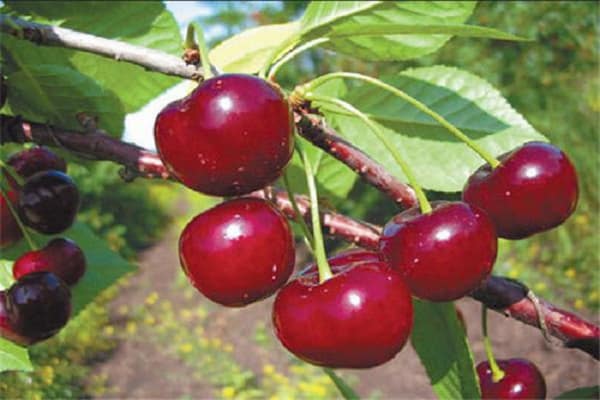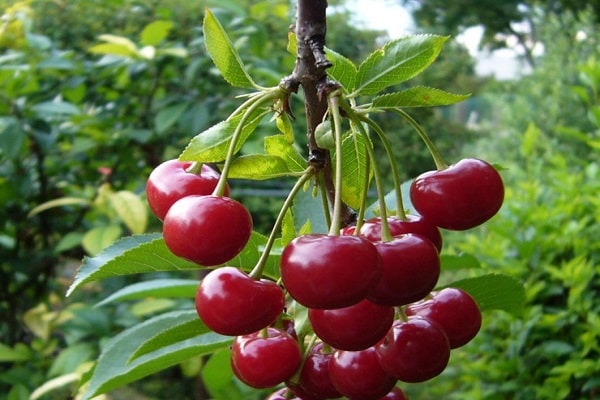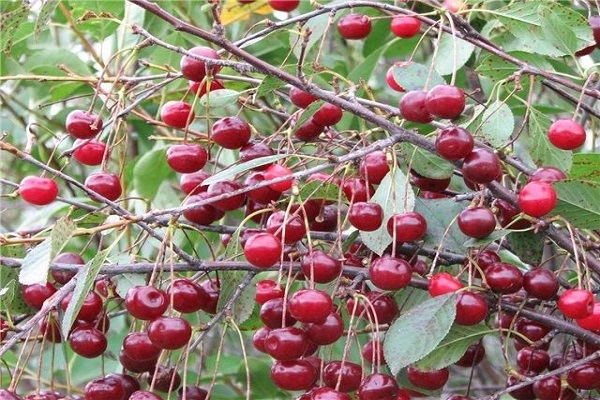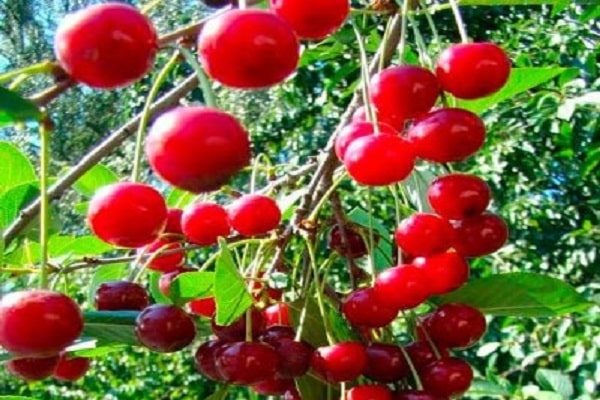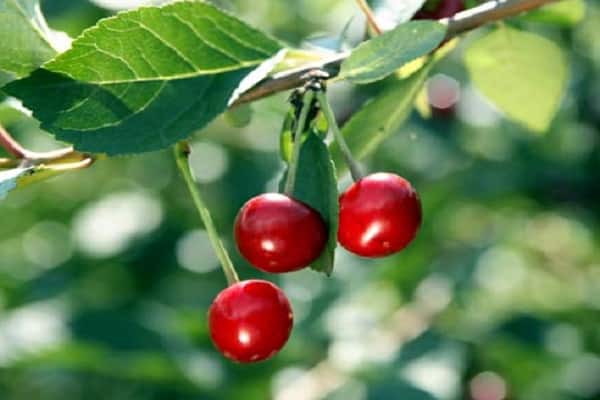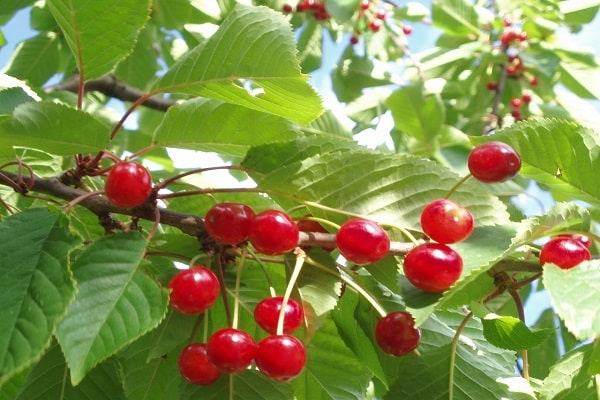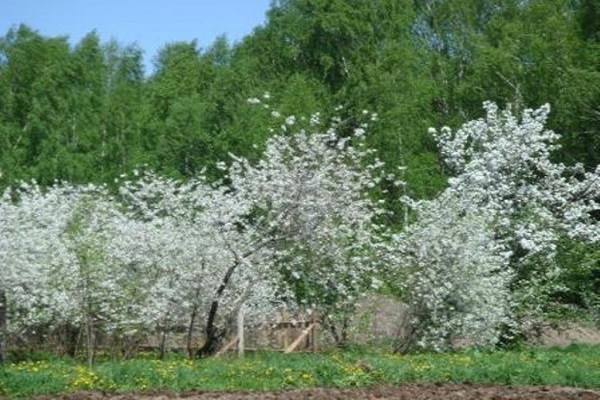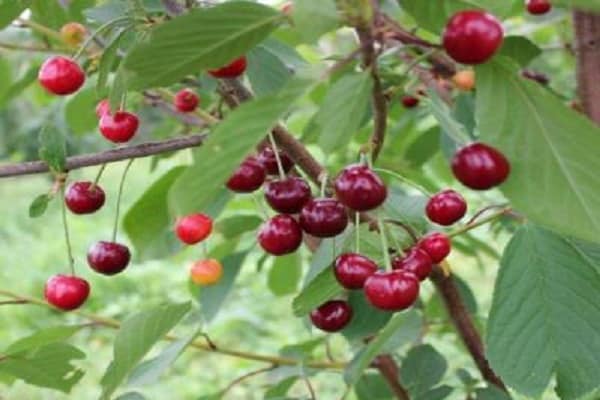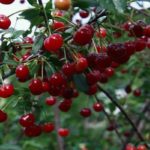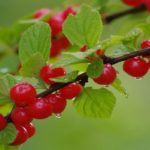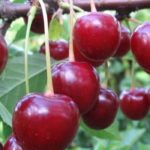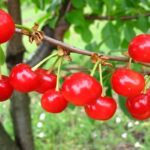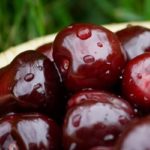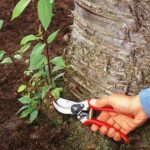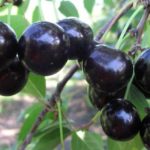A crop such as cherry is very popular among gardeners. In almost every garden plot there is a bush or tree, and sometimes more than one. There are just under 2 hundred varieties, and among them, summer residents very often prefer Shubinka cherries. These fruit trees live a long time, produce a bountiful harvest and, in addition, have a lot of positive qualities. But there is a fly in the ointment - the cherry variety has some disadvantages that it is better to be aware of.
History of selection, region of breeding
Shubinskaya cherry, abbreviated as the Shubinka variety, was bred by an unknown breeder in the Moscow region in the first half of the last century, and already in 1959 it was included in the State Register.
Since the author of the culture has not appeared, it is believed that it appeared thanks to the efforts of nature itself and is classified as a folk variety.
Cherry has successfully adapted to the climatic conditions of the Volga-Vyatka, Central and North-Western regions.
Despite the fact that today breeders have managed to develop hybrid crops with high yields and fruits superior in characteristics to the Shubinka cherry, it is still often found on the plots of Russian, Belarusian, Ukrainian gardeners, as well as in the Baltic countries.
Looking at the description of the variety, you can immediately discover all the pros and cons of Shubinskaya cherry.
Characteristics of the variety
Shubinka is a late-ripening variety. The first harvest of cherries can be harvested at the end of July, and the ripening of the fruits will last until mid-September. An important feature of this variety of cherries is that the longer the ripe berry remains on the tree, the better its taste.
Appearance
Shubinka grows in the form of a tree, the height of which can exceed 4 meters:
- the crown is spreading, of medium density;
- the shoots are not thick, light brown in color with a green tint, with a slight grayish coating;
- the main branches are thickish, dark brown in color;
- The foliage is dark green, medium in size, oval in shape and pointed at the tips and base, with finely toothed edges.
Cherry blossoms with small white flowers, united in inflorescences.
Description of the fruit
Shubinka cherry is red or burgundy, small, its weight is only 2-2.5 g.The berries have loose and sour flesh, juicy, but with low taste.
The fruits are not eaten raw; they are used for processing into various sweet preparations.
Features of planting and care
This culture is unpretentious, however, it also needs certain conditions:
- for planting, it is better to choose a dry, sunny area; in a cold, damp lowland, the plant will not fully develop;
- the soil should be prepared in the fall - it is dug up, weeds are removed and fertilizers from mullein with various additives are applied;
- the seedling should be placed in the ground in the spring, when the ground is sufficiently warmed up, the distance between the trees should be at least 5-6 m;
- It is recommended to plant 3-4 pollinating trees near Shubinka.
Planting process:
- pegs 1.5 m high are placed in a hole 50-60 cm deep;
- the bottom is covered with drainage - a layer of bark;
- the hole is filled with soil from 4 buckets of mullein, 0.5 buckets of horse manure and 1 bucket of turf;
- the seedling should be buried well and tied up;
- a hole is dug around the tree, into which 3-4 buckets of warm water are poured;
- The last stage is mulching with dry humus.
Features of care
In the first year, planting does not require additional feeding. It should be weeded regularly and watered as needed.
After a year, the plant can be fed with carbonic acid diamide and nitrogen-potassium fertilizer. In the fall, before cold weather, you can add potassium-phosphorus fertilizer to the soil.
The first time the seedling is pruned before planting in the ground, it is enough to leave 5-7 strong branches, the rest can be cut off, like part of the trunk.
Diseases and pests
The main enemies of Shubinka are coccomycosis and shoot moth:
- Coccomycosis is a fungal disease that affects leaves and, in advanced cases, fruits.You can find out about a plant disease by small reddish dots, while the lower part of the leaf becomes covered with a pink coating.
To protect the tree from fungus, the area around the trunk should be cleared of fallen leaves and loosened every year. In spring, the tree can be treated with a solution of Bordeaux mixture or urea.
- Shoot moth - eats buds, buds, ovaries and young cherry leaves. The development of the caterpillar and pupa occurs in the ground under the tree, so you can get rid of the pest by regularly digging and loosening the soil; it is also recommended to use insecticides.
The Shubinsky cherry variety cannot boast of high-quality fruits, but the crop is undemanding, produces a lot of berries in a good year and is unpretentious. But, as always, the choice is up to the gardener.

